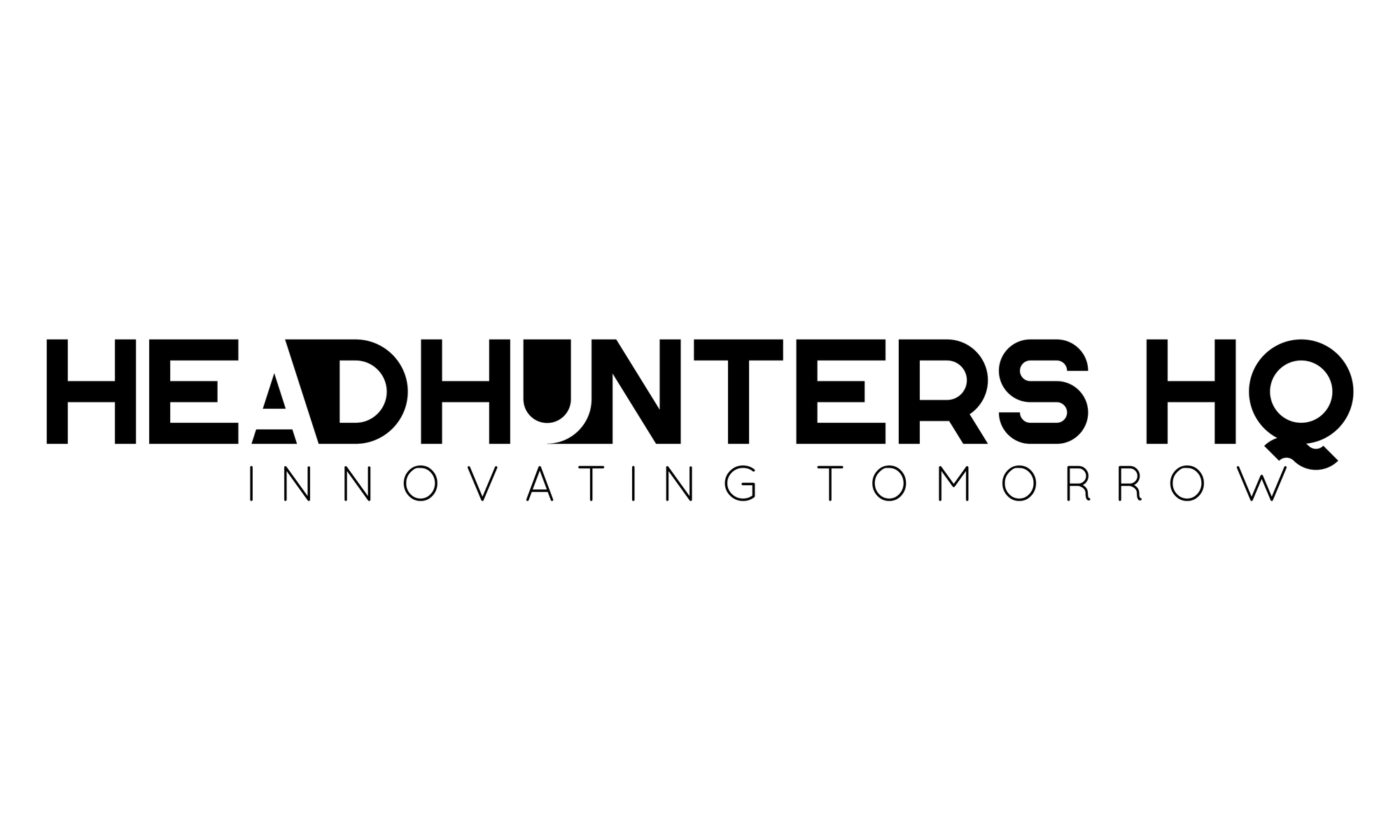How to Build a Talent Pipeline That Delivers Results Year-Round

In today’s dynamic job market, reactive hiring—waiting until a vacancy arises to search for candidates—is no longer efficient or effective. Companies that rely solely on job postings and ad hoc recruiting often miss out on top talent, face longer time-to-hire, and struggle with business continuity. Building a proactive, sustainable talent pipeline ensures you always have qualified candidates ready when you need them. This article explores how to build and maintain a talent pipeline that delivers results consistently throughout the year.
What Is a Talent Pipeline?
A talent pipeline is a pool of qualified candidates who can fill future roles within your organisation. These individuals may include:
- Passive candidates who aren’t actively looking but are open to opportunities.
- Previous applicants who were strong but not selected.
- Referrals from employees or industry connections.
- Interns, freelancers, or contract workers with potential for permanent roles.
Benefits of a Robust Talent Pipeline
1. Reduced Time-to-Hire
With pre-qualified candidates readily available, you can fill positions faster and reduce costly downtime.
2. Improved Quality of Hire
Proactive sourcing allows you to nurture high-quality candidates over time, ensuring better alignment with your company culture and values.
3. Lower Recruitment Costs
Continuous engagement reduces reliance on costly job ads and recruitment agencies.
4. Stronger Employer Brand
Regular communication with potential candidates enhances your reputation and visibility in the talent market.
Step 1: Define Your Future Hiring Needs
Workforce Planning
Start by forecasting your hiring needs for the next 6-12 months based on:
- Business growth plans
- Seasonal trends
- Employee turnover rates
- New projects or product launches
Work with department heads to identify roles that are likely to be in high demand or hard to fill.
Step 2: Identify Key Candidate Profiles
Create Ideal Candidate Personas
For each role, define:
- Skills and experience required
- Soft skills and cultural fit
- Career motivations and goals
This helps you target sourcing efforts effectively and ensures consistency across hiring teams.
Step 3: Proactively Source Candidates
Use Multiple Channels
- LinkedIn and Online Communities: Connect with passive candidates through targeted outreach.
- Employee Referrals: Encourage staff to refer qualified contacts.
- Events and Meetups: Attend or host industry events to network with potential candidates.
- Talent Pools from Past Applicants: Revisit previous candidates who were strong fits.
Build Relationships, Not Just a Database
Engage candidates with personalised messages. Focus on starting conversations, not just collecting resumes.
Step 4: Use Technology to Manage and Engage
Applicant Tracking System (ATS)
Use an ATS to organise candidate information, track interactions, and manage workflows efficiently.
Candidate Relationship Management (CRM) Tools
CRMs allow you to segment talent pools, automate follow-ups, and deliver tailored content.
AI-Powered Tools
Leverage AI for resume parsing, candidate matching, and predictive analytics to prioritise high-potential leads.
Step 5: Nurture Your Talent Pipeline
Regular Communication
Keep candidates engaged with:
- Monthly newsletters or updates
- Invitations to webinars or events
- Industry news or company insights
Employer Branding Content
Share stories that showcase your culture, values, and employee success stories through blogs, videos, or social media.
Talent Communities
Create online forums or groups where candidates can engage with your brand and each other.
Step 6: Measure Pipeline Health and ROI
Key Metrics to Track
- Pipeline Volume: Number of active candidates per role type
- Engagement Rate: Open rates, click-through rates, response rates
- Conversion Rate: Percentage of candidates moving from pipeline to hire
- Time-to-Hire Reduction: Improvement compared to reactive hiring
Continuous Improvement
Use data to identify gaps, test new sourcing channels, and optimise engagement strategies.
Common Challenges and How to Overcome Them
1. Lack of Time or Resources
Solution: Start small with high-priority roles and use automation to scale.
2. Candidate Drop-Off
Solution: Maintain regular, relevant contact. Personalise interactions to keep interest high.
3. Disconnected Systems
Solution: Integrate your ATS, CRM, and communication tools for seamless workflows.
What's Next?
A well-built talent pipeline turns hiring from a reactive scramble into a strategic advantage. By forecasting needs, sourcing proactively, nurturing relationships, and leveraging technology, you can ensure your organisation always has access to the talent it needs. A continuous investment in pipeline building leads to faster hires, better candidates, and long-term recruitment success.
Learn more about our AI-powered software solutions built for powering your talent pipelines. Book an appointment now.





